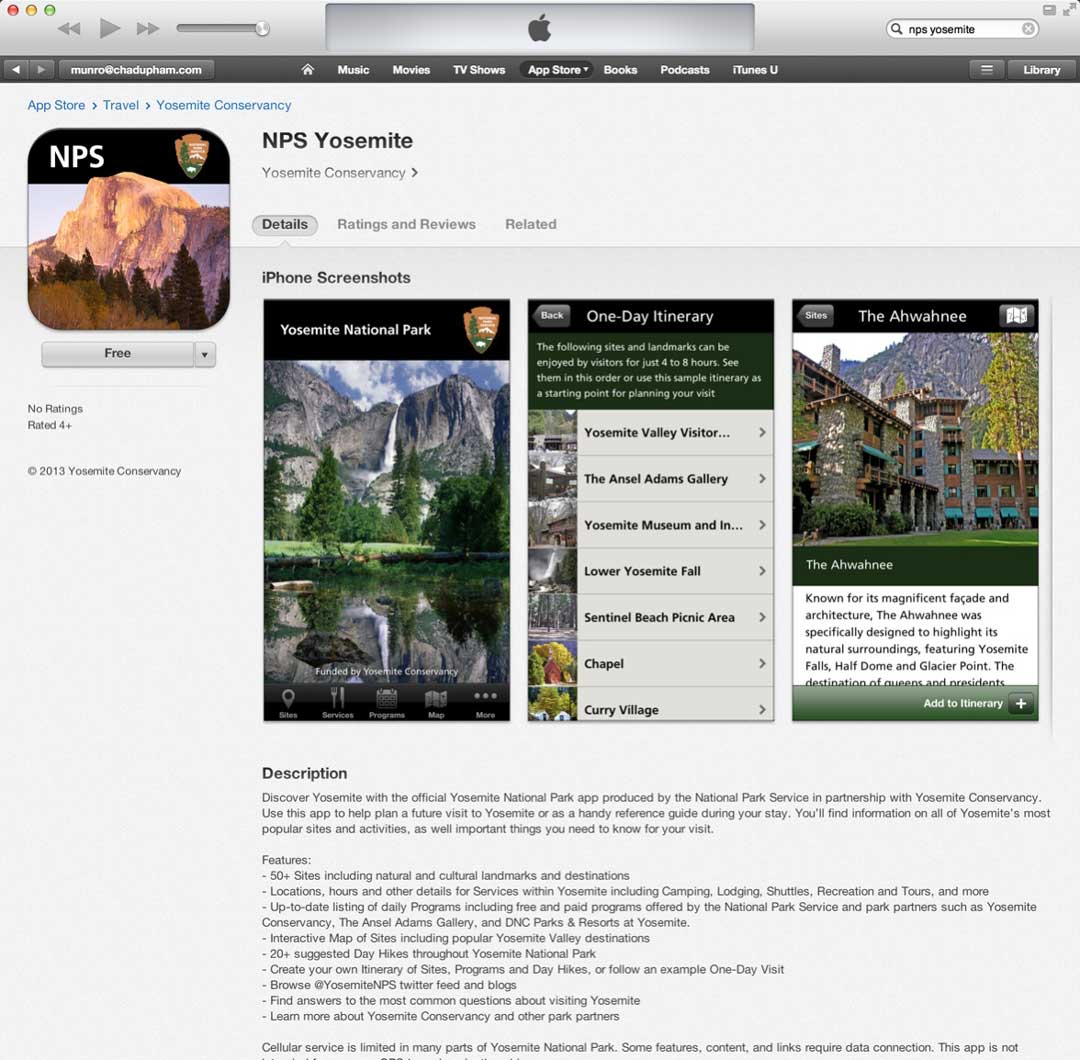
Unity was confused JDK 9 as well, I solved that in (the main Unity menu, next to "File") Unity->Preferences->External Tools->JDK->Browse and used /Library/Java/JavaVirtualMachines/jdk1.8.0_73.jdk/Contents/Home which was already installed and that (finally!) worked. I went to Build->Edit Libraries & Dependencies->SDK Location-> then I checked the box. Supported platform for the Android Studio 3.3 are: Windows 32-bit and 64-bit version (Windows 7/8/10), Linux (GNOME or KDI desktop), and Mac (Yosemite 10.10. Then I upgraded Java to 9, but that confused Android Studio. And on OSX in particular, they will often be different. The version of the JDK that it uses to get the Java compiler from These two can be (and usually are) the same, but you can configure them individually.

I kept getting "major version 52 is newer than 51, the highest major version supported by this compiler." Mac OSX JDK Selection Android Studio requires two different JDKs: The version of Java that the IDE itself runs with.

Then Appearance & Behavior->System Settings->Android SDK-> (tab) From there, check the boxes for 7.0 and/or 7.1, click "Apply" or OK and wait for them to install. So, changing from a Windows development platform to a Mac OS X platform has been surprisingly smooth. You open the SDK manager, but this is a tiny little button on the toolbar (not menu bar) that has a blue arrow pointing down on top of a tiny Android character. Getting Android Studio Working On Mac OS X Yosemite. But it's not obvious that you do this by installing Android version 7.0 or 7.1 within Android Studio. I had to install the level 24 SDK packages within Android Studio before building them in Unity. Other issues I've had with Unity/Android (trying to get ARCore working):

I read somewhere else how to make the hidden Library folder visible:


 0 kommentar(er)
0 kommentar(er)
